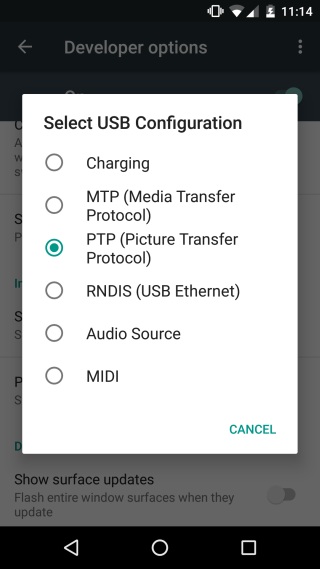

MTP/MPO-16 solution is ideal for aggregation of multiple 8-fiber parallel transceivers and direct coupling to emerging 16-fiber parallel optic links such as 400G QSFP-DD and OSFP. It allows the use of the ratified 100GBASE-SR10 20-fiber technology today, maximizing the infrastructure investment in the event of 4×25 Gb/s ratification.16-fiber MTP/MPO cables utilize the same external footprint as traditional 12-fiber MT (Mechanically Transferable) ferrule. 24-fiber MTP/MPO cable is commonly used to establish 100GBASE-SR10 links between CFP to CFP transceivers. While 8-fiber MTP/MPO cable system can transmit the same data rate as 12-fiber cabling with less cost and insertion loss, making it a more cost-effective solution. But when using it to transmit 40G QSFP+ module or 100G QSFP28 module, 4 fibers will be left unused, leading to much lower fiber utilization than 8-fiber cables. 12-fiber MTP/MPO cable is the earliest developed and most commonly-used solution in 10G-40G, 40G-100G connections.

Read the white paper Understanding MTP/MPO Cable Polarity for more information about common 8/12/24-fiber MTP/MPO cable polarity and connectivity methods.įigure 5: 12-Fiber MTP/MPO Cable Polarity.Ĩ/12/24-fiber MTP/MPO cables are usually used for 40G/100G and the latest 16-fiber cables are especially designed for short-reach 400G cabling in Hyperscale data centers.
#MTP MODE PATCH#
These MTP/MPO cables usually connect with different MTP/MPO cassettes and fiber patch cables to ensure the right polarity of the optical circuit. So there are Type A, Type B and Type C MTP/MPO cables with different structures according to these methods. To ensure proper polarity, the TIA 568 standard defined three connectivity methods called Method A, Method B, Method C.

However, due to the special design of MTP/MPO connectors, polarity issues must be addressed in high-density MTP/MPO cabling systems. In traditional cabling systems, connectors like LC/ SC can be easily matched, so there is no polarity issue. Polarity refers to the matching of the optical transmitter and receiver at both ends of a fiber link. They are especially ideal for 10G-40G, 40G-40G, 40G-100G, 40G-120G connections, which eliminate fiber wasting and largely increase the flexibility of the existing 12-fiber and 24-fiber MTP/MPO cabling system.įigure 4: 40G-120G Direct Connection with MTP/MPO Conversion Cable. Specifically, commonly-used ones are 24-fiber to 2×12-fiber, 24-fiber to 3×8-fiber, 2×12-fiber to 3×8-fiber MTP/MPO conversion cables. They are terminated with MTP/MPO connectors on both ends. MTP/MPO conversion cables have the same fanout design as MTP/MPO breakout cables but are different in fiber counts and types. Typically, these breakout cables are ideal for short-range 10G-40G and 25G-100G direct connections or for connecting backbone assemblies to a rack system in the high-density backbone cabling.įigure 3: 25G-100G Direct Connection with MTP/MPO Breakout Cable. harness cables or fanout cables) are terminated with a female/male MTP/MPO connector on one end and 4/6/8/12 duplex LC/FC/SC/ST connectors on the other end, such as 8-fiber MTP/MPO to 4 LC harness cables and 12-fiber MTP/MPO to 6 LC harness cables. Typically, these multi-fiber MTP/MPO trunk cables are ideal for creating a structured cabling system, including backbone and horizontal interconnections such as 40G-40G and 100G-100G direct connections, so as to achieve a simple and efficient high-performance networking.įigure 2: 40G-40G Direct Connection with MTP/MPO Trunk Cable.

MTP/MPO trunk cables are terminated with an MTP/MPO connector (female/male) on both ends, which are available in 8-144 fiber counts for users’ choices. MTP/MPO trunk cables, MTP/MPO breakout cables and MTP/MPO conversion cables are ideal for high density cabling network, offering better network capacity and flexibility. A variety of MTP/MPO cables are available for different application environments and requirements based on functions, polarity, fiber count, fiber mode and jacket rating.


 0 kommentar(er)
0 kommentar(er)
